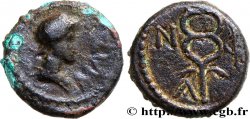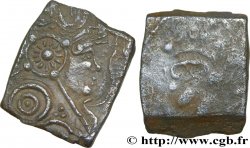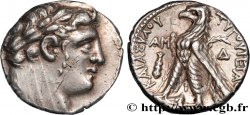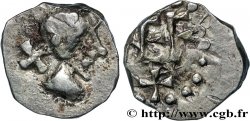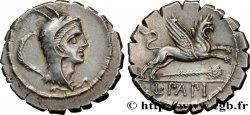Live auction - bga_346035 - MASSALIA - MARSEILLE Poinçon d’obole MA, tête à gauche
You must signin and be an approved bidder to bid, LOGIN TO BID. Accounts are subject to approval and the approval process takes place within 48 hours. Do not wait until the day a sale closes to register. Clicking on "BID" constitutes acceptance of the terms of use of cgb.fr private live auctions.
Bids must be placed in whole Euro amounts only. The sale will start closing at the time stated on the item description; any bids received at the site after the closing time will not be executed. Transmission times may vary and bids could be rejected if you wait until the last second. For further information check the Live auction FAQ
All winning bids are subject to a 18% buyer’s fee.
All winning bids are subject to a 18% buyer’s fee.
| Estimate : | 6 000 € |
| Price : | 3 200 € |
| Maximum bid : | 3 200 € |
| End of the sale : | 31 March 2015 14:53:59 |
| bidders : | 2 bidders |
Type : Poinçon d’obole MA, tête à gauche
Date: c. 250-150 AC.
Mint name / Town : Marseille (13)
Metal : silver
Weight : 25,39 g.
Rarity : UNIQUE
Coments on the condition:
Objet parfaitement identifiable, avec un manque sur la partie supérieure de l’empreinte, rognant partiellement la tête. Sinon, excellent état avec un métal sain, à la surface lisse et brillante, sans aucune porosité ou oxydation
Catalogue references :
Predigree :
Ce poinçon provient de la collection S.G. de Marseille
Obverse
Obverse legend : ANÉPIGRAPHE.
Obverse description : Tête juvénile à gauche du dieu fleuve (le Lacydon ?), les traits stylisés.
Reverse
Commentary
Rare objet associé à la production monétaire, ce poinçon mesure 23 mm de haut, pour un diamètre de 20,5 mm avec une empreinte de 10 mm. Le même genre d’objet, mais d’une autre forme, avec l’empreinte d’une drachme de Marseille, a été proposé dans la vente Palombo du 1er mai 2004, n° 1.
Selon le Corpus des monnaies de Marseille et Provence, le style de cette obole correspond à la période 220-150.
Selon le Corpus des monnaies de Marseille et Provence, le style de cette obole correspond à la période 220-150.







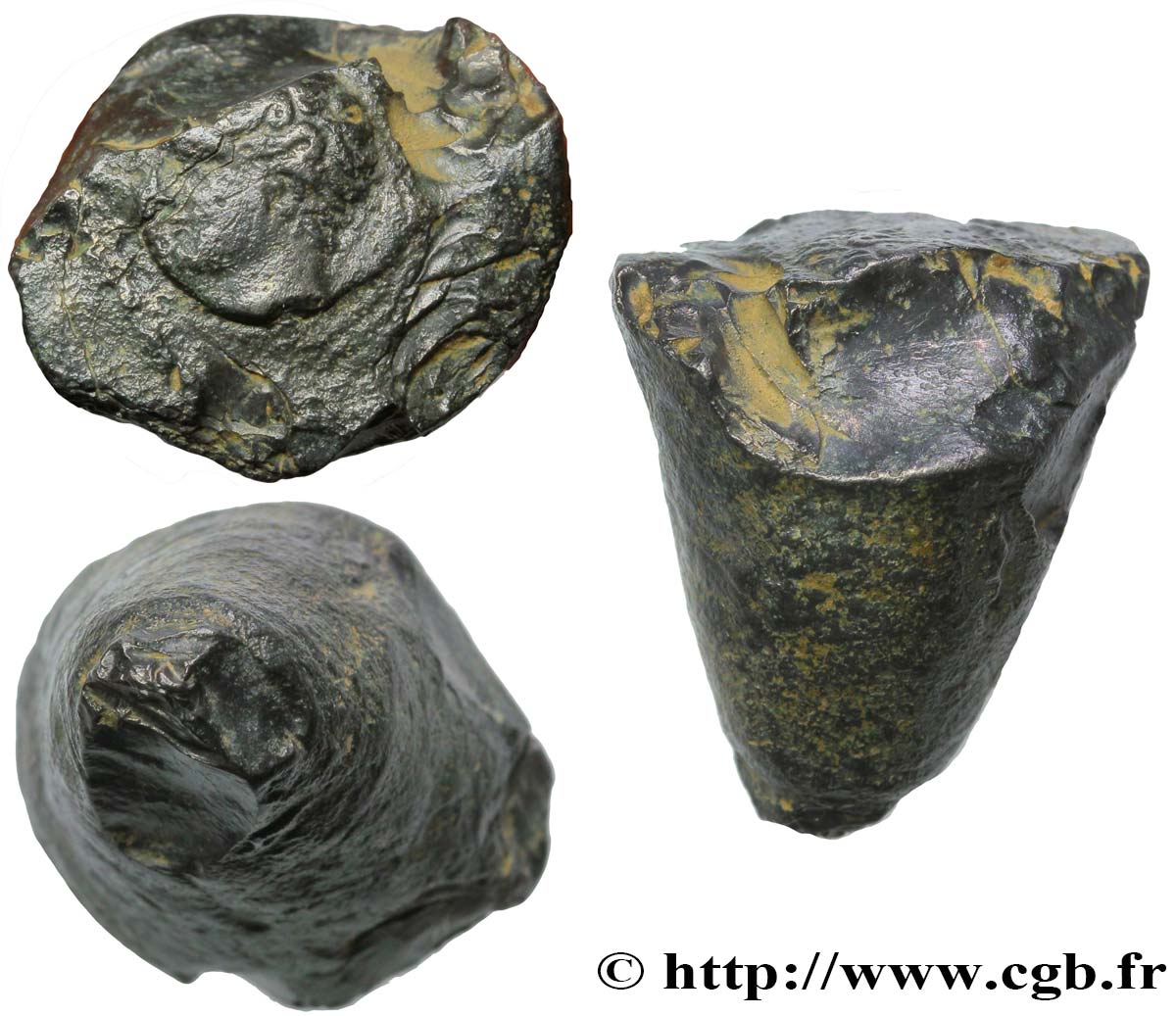
 Report a mistake
Report a mistake Print the page
Print the page Share my selection
Share my selection Ask a question
Ask a question Consign / sell
Consign / sell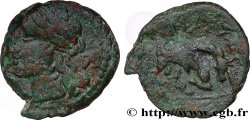
 Full data
Full data